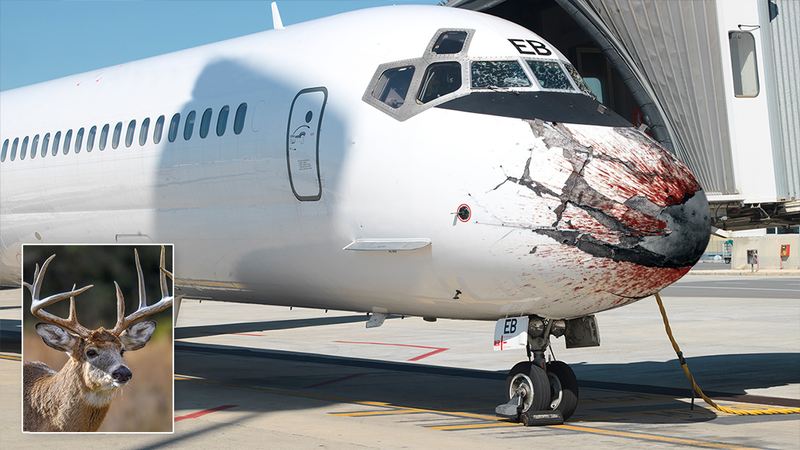Reading time – 5 min
The night is defined as the time between the end of evening civil twilight and the beginning of morning civil twilight. These times are published in AIP and are dependent on location and the time of year.
Night Vision
Effective vision and viewing techniques are essential for pilots flying at night. As the sun sets, our familiar-looking earth undergoes a full makeover. Depth, altitude, and distance perceptions are severely altered, and visual acuity diminishes.
To understand night vision we must begin by understanding how our eyes work. Our eyes are comprised of rods, and cones. Cones detect colour, details and faraway objects and are concentrated toward the back of the retina. Rods, on the other hand, are unable to discern color, but are very sensitive in night viewing. Rods are used when something is seen out of the corner of the eye, ie, for peripheral vision. They detect objects, particularly those that are moving but do not give detail or color. Rods make night vision possible. Because the rods are distributed in a band around the cones and do not lie directly behind the pupil, off-center viewing (looking to one side of an object and not at the object directly) is important during night flight. In low light, central vision does not work as well, so peripheral vision is relied upon. As peripheral vision is good at noticing changes, objects are more likely to be noticed at night with peripheral vision. That means if you’re looking for an airport at night, you may see it with your peripheral vision first. If you look to the left or right of where you think an airport or beacon should be rather than directly at it, you’ll be more likely to spot it. Then, you can gradually home in on the light as you get closer.
To make the best of our night vision, eyes should not be exposed to any bright lights 30 minutes prior to the time of flight. Exposure to light could cause temporary blindness, and drastically decrease our night vision. This is something we must keep in mind when taxiing around other aircraft, as our strobe lights may ruin another pilot’s night vision. Using strobes while taxiing would be comparable to driving at night with your high beams on all the time. Runway End Identifier Lights, seen as flashing strobes at the end of some runways, should not be stared at while taxiing because doing so could cause temporary blindness.
A few tips:
- Use a white light for preflight inspection, but red for cockpit lighting.
- Deficiency in vitamins A and C have been shown to reduce night vision.
- Factors such as carbon monoxide poisoning, smoking, alcohol, and drugs can gravely decrease night vision.
- A lack of oxygen can deeply impact night vision as well. As a result, the FAA recommends pilots use supplemental oxygen (if available) at altitudes as low as 5,000 feet during night flights.
- When entering the cockpit, be sure you have at least one flashlight (if you only have one flashlight, carry spare batteries) that is easily accessible from your position in the aircraft. Preferably this flashlight should be dimmable and/or capable of switching between white and red light. Red light preserves night vision but makes sectional charts very difficult to read as it washes out all red color.
- Pay special attention to the aircraft’s internal, and external lighting.
- Revise the location of all cockpit switches.
- Make sure your electrical system is in good condition.
- Central vision is still required to read instruments or charts, but it is important to preserve as much function in peripheral vision. In order to achieve this, allow time for eyes to adapt to the dark, avoid bright light by keeping cockpit lights and torches as dim as possible, and use a practiced scanning motion when looking outside the airplane.
- Be aware that mobile phones/ tabs have very bright displays and may affect your night vision.
Be safe.
The Link for Part 1 can be accessed by clicking here.
The Link for Part 3 can be accessed by clicking here.



